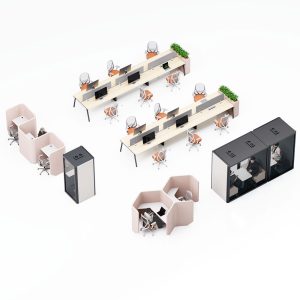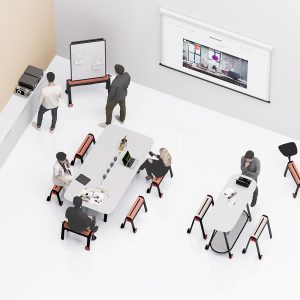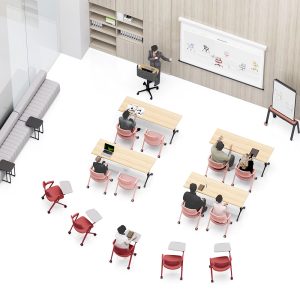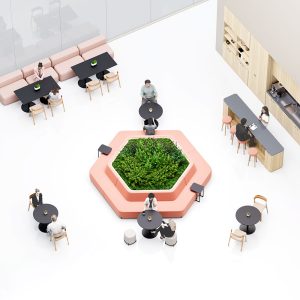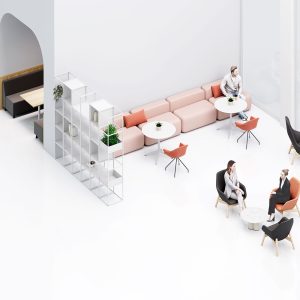An open office layout fosters teamwork and information sharing, enabling leaders to make faster and more accurate decisions. However, designing a highly effective workspace requires balancing employees’ need for privacy with opportunities for collaboration.
Employees need spaces that support deep focus, whether for strategic thinking or handling urgent, high-priority tasks—whether working alone or as a team. The level of privacy required varies depending on personality, mood, and the nature of the work. A well-designed workspace should offer both private and semi-private zones, allowing employees to choose the environment that best suits their needs. A work atmosphere that enhances focus and minimizes distractions ultimately leads to greater productivity and efficiency.

